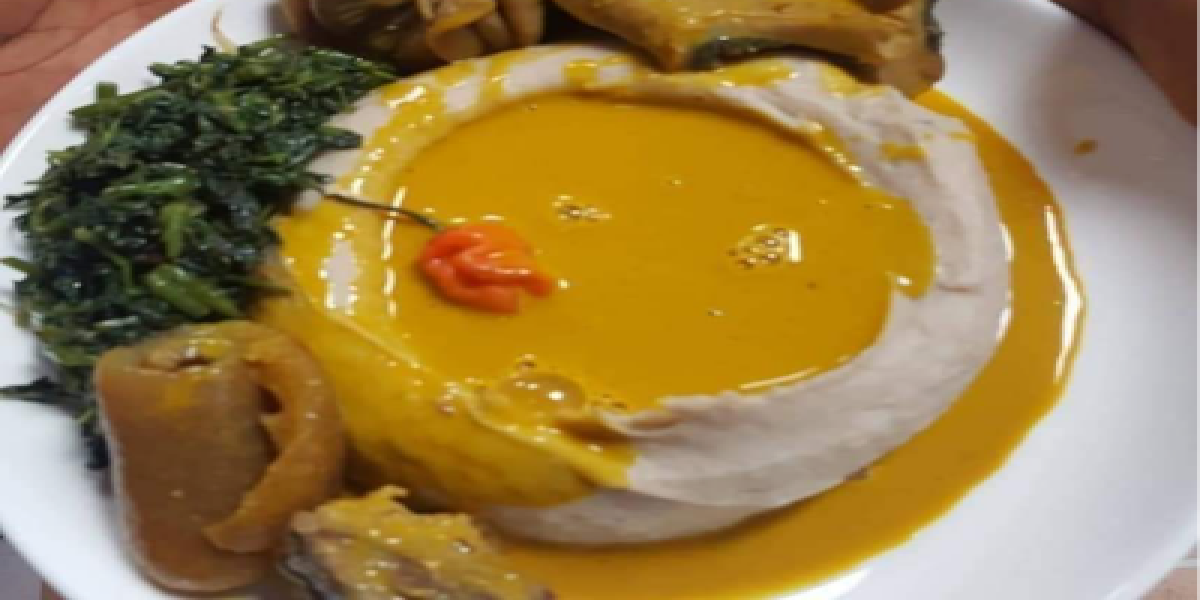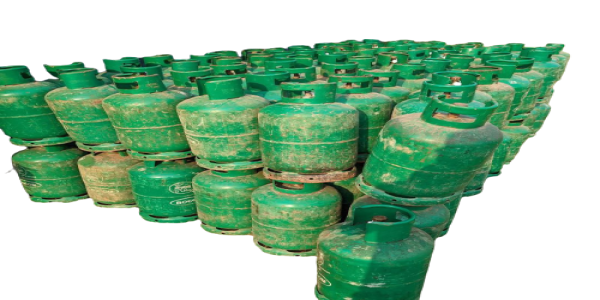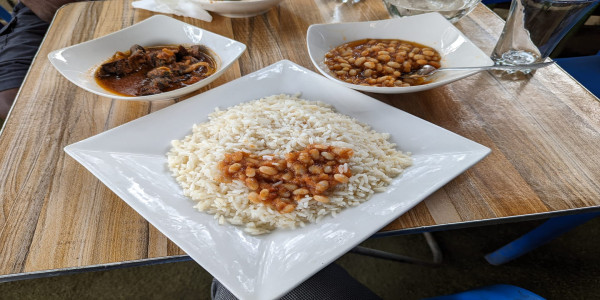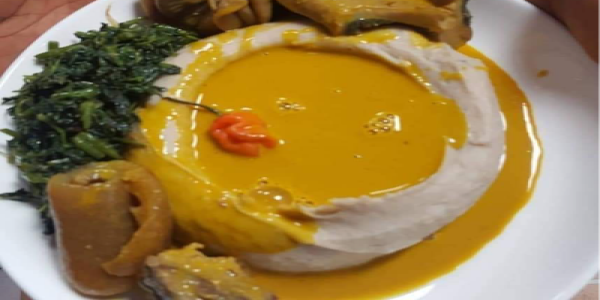Achu & Yellow Soup/ Le Taro et Sauce Jaune
Achu, a delicacy of the people of the North West and West Regions of Cameroon, has become one of the most appreciated dishes in the country due to its taste and health benefits.
Achu consists of yellow soup and pounded cocoyams and sometimes, unripe bananas.
Origin of Achu
Achu and yellow soup is a typical African traditional dish of the Ngemba clan in Cameroon. The dish originates from the North West Region and has been adopted by the people of the West Region.
In the West, the Bamileke people have made this dish a traditional meal. During funerals, it is compulsory to serve this meal to the elderly men accompanied with pork.
Recipe
The main ingredients for preparing Achu are cocoyams, unripe bananas, palm oil, beef, cow skin, seasoning, limestone, achu spices and pepper.
The preparation starts with boiling cocoyams and unripe bananas.
These are then placed in a mortar and mixed with a pistle into a soft paste.
When ready, Achu is either wrapped in plantain leaves or put into a bowl.
To prepare the Achu soup, “kanwa” (limestone), palm oil and a special blend of spices are used.
In the absence of “kanwa”, some people use baking soda or “nikki” (dried unripe plantains bark) because they have similar components to limestone.
The blended spices popularly known as Achu spices are made up of crushed barks of trees and roots.
Making the soup is quite easy. You combine some beef stock with heated palm oil. When the oil and the stock are mixed together with limestone, put the Achu spices and mix until everything is well incorporated.
The soup is not “cooked” on heat but rather “mixed.” Traditionally, it is mixed to perfection by pouring the soup from one pan to another over and over or by scooping the soup with a bowl and pouring back into the pot until it is well mixed. Well mixed here means the stock must be homogenous with the oil.
The meat or fish that was boiled in another pot can now be added into the soup. In some areas, mushrooms or roasted pork are used.
Serving Achu
Garden eggs and vegetables are usually served alongside the meal.
The meal can be served on a flat plate or leaf. The achu is put in the plate / leaf and a hole created in the middle into which the soup is poured.

This dish is eaten with the hands and in some cultures, can bring ill luck if eaten with a spoon.
Nutritional Value
Achu is very rich in carbohydrates from the cocoyams.
Proteins are contained in the meat and vitamins and fats and oils in palm oil.
The yellow soup contains calcium and is also believed to sort out minor stomach upsets.
The meal is usually advised for breastfeeding mothers. This is because many believe the components of the soup increase the production of breastmilk.
When is Achu Served?
Achu is eaten in all occasions like weddings, birthdays, baby showers, meetings and funerals.
Achu is best accompanied with palm wine traditionally known as “Mbu”.
Pinyin people of the North West Region use this meal as sign of reconciliation after any family dispute.
The meal is now widely eaten across the nation and abroad.
The secret behind this meal is the composition of the Achu spice.
Also, to make this meal more appealing and delicious, make sure the cocoyams are well pounded into a smooth paste.
If you are in Cameroon and wish to savour this delicacy, visit any traditional restaurant on this site and order your fast food.










